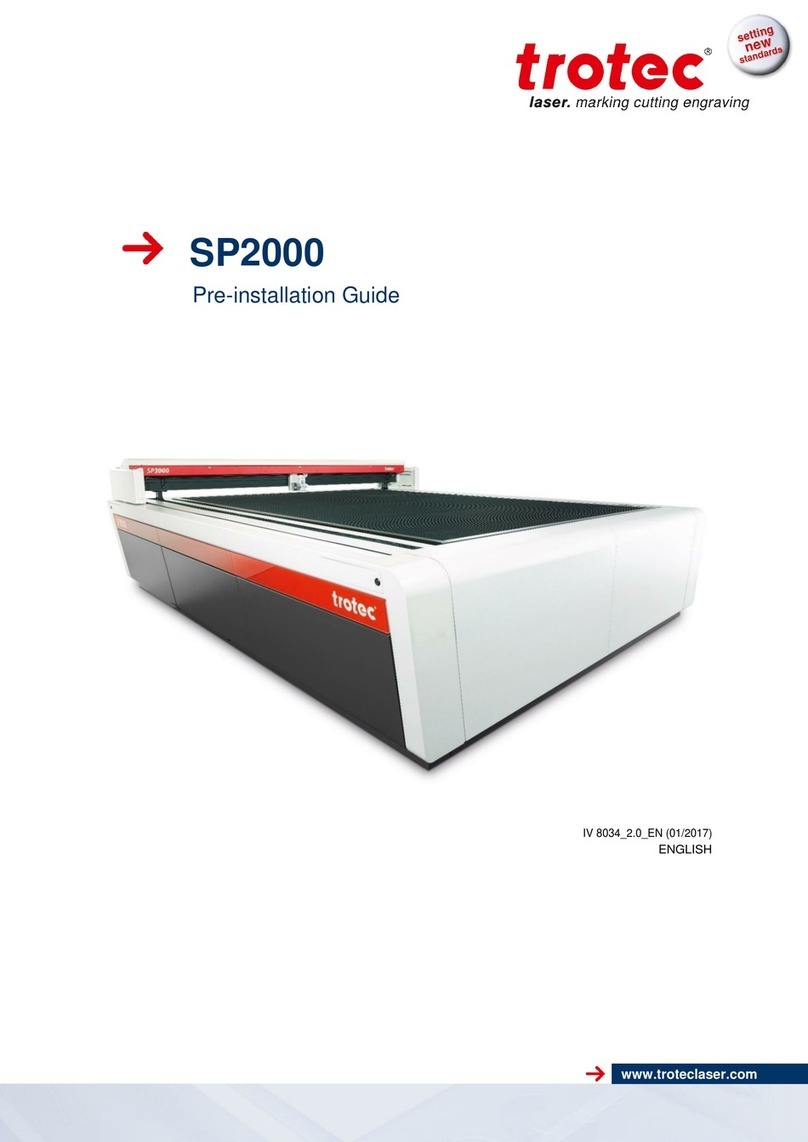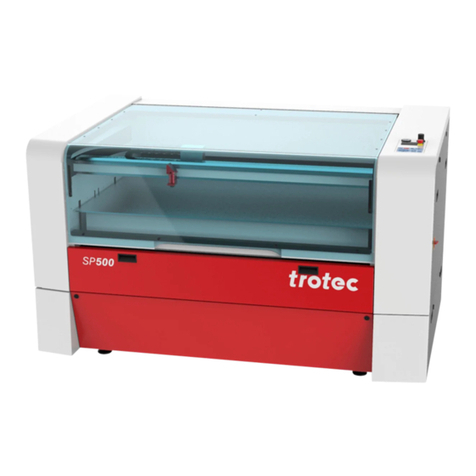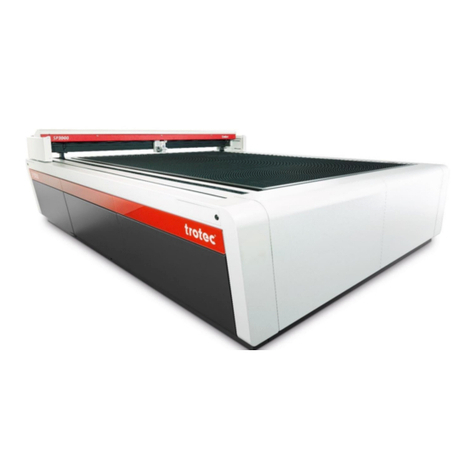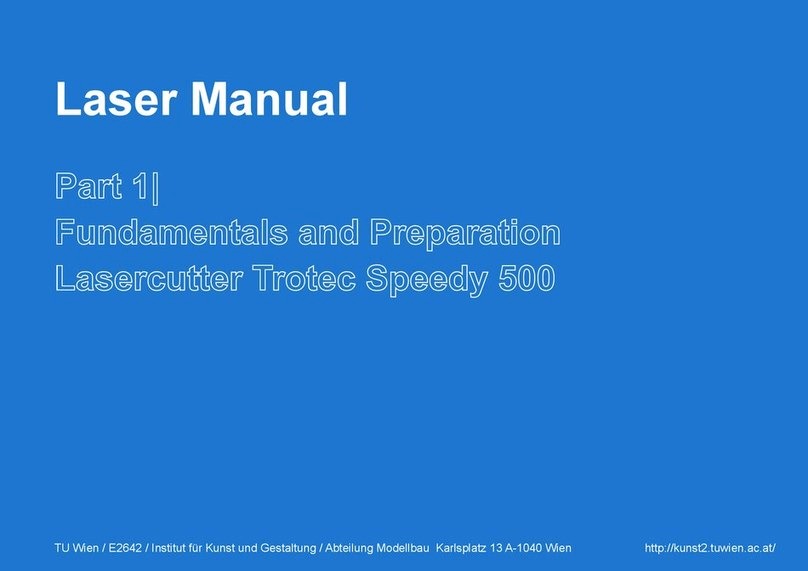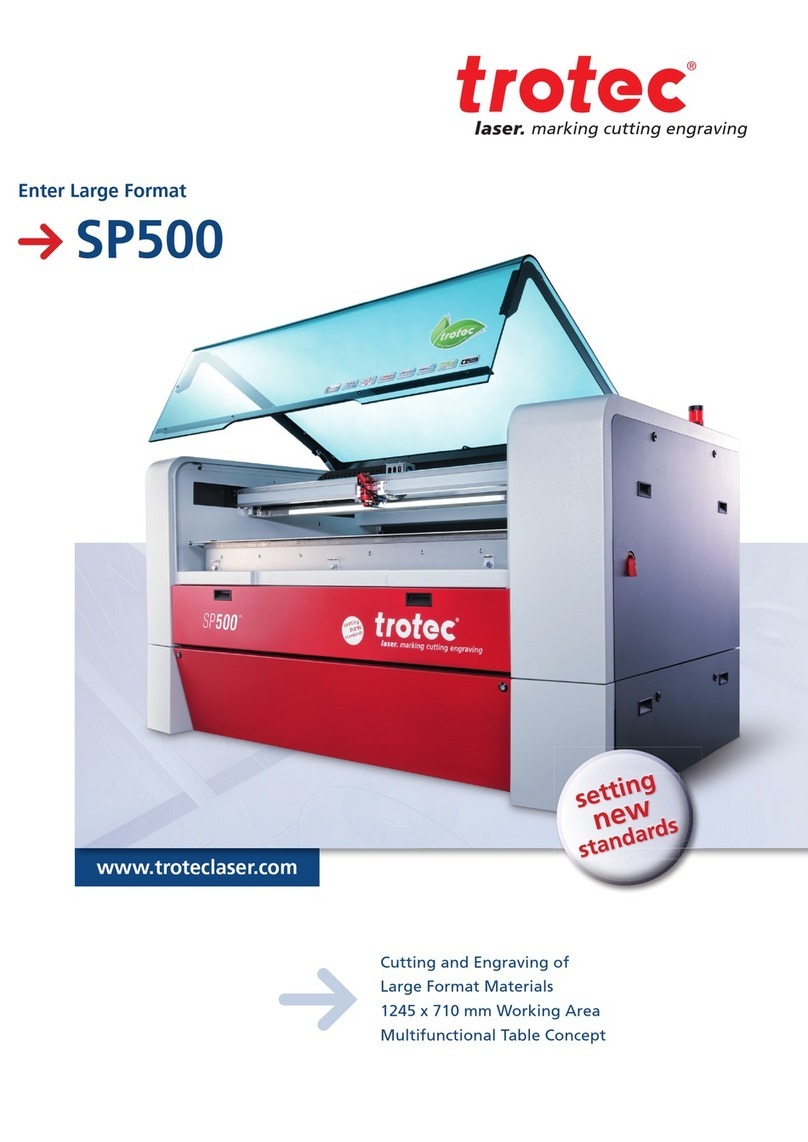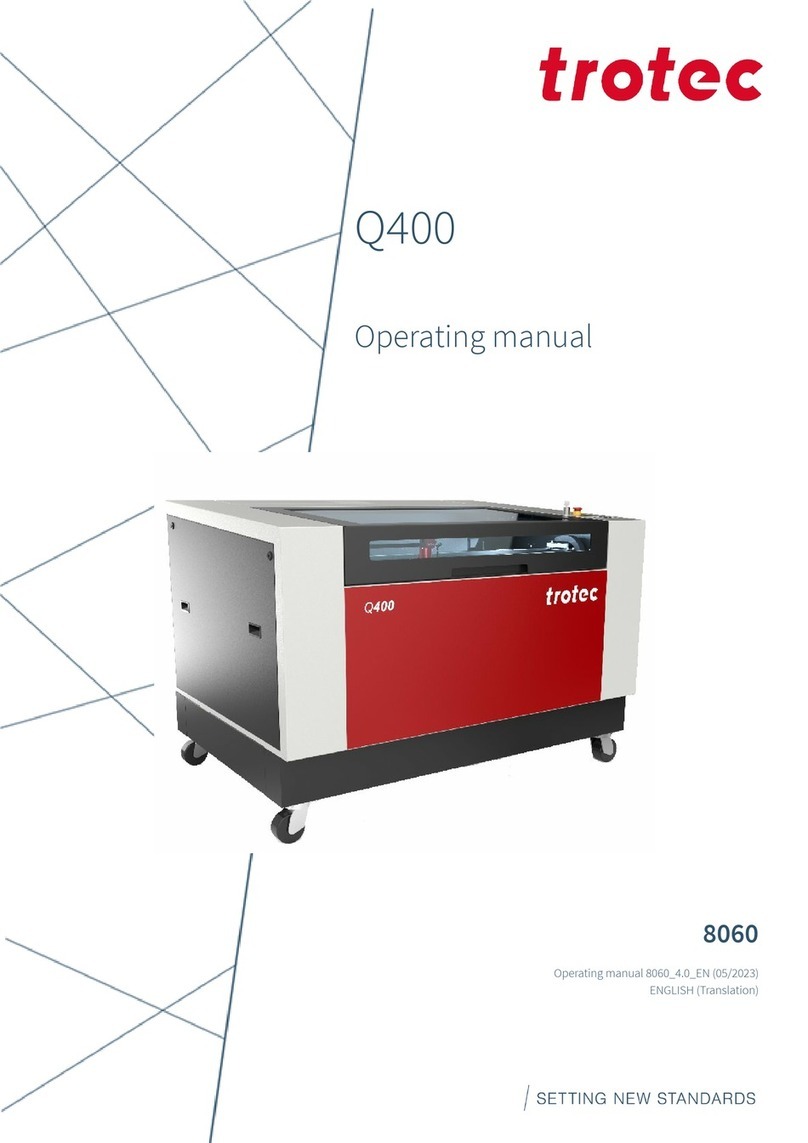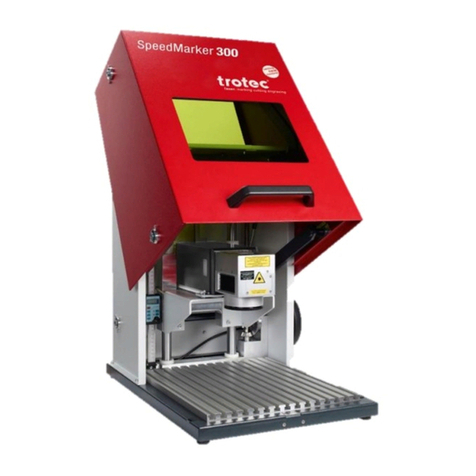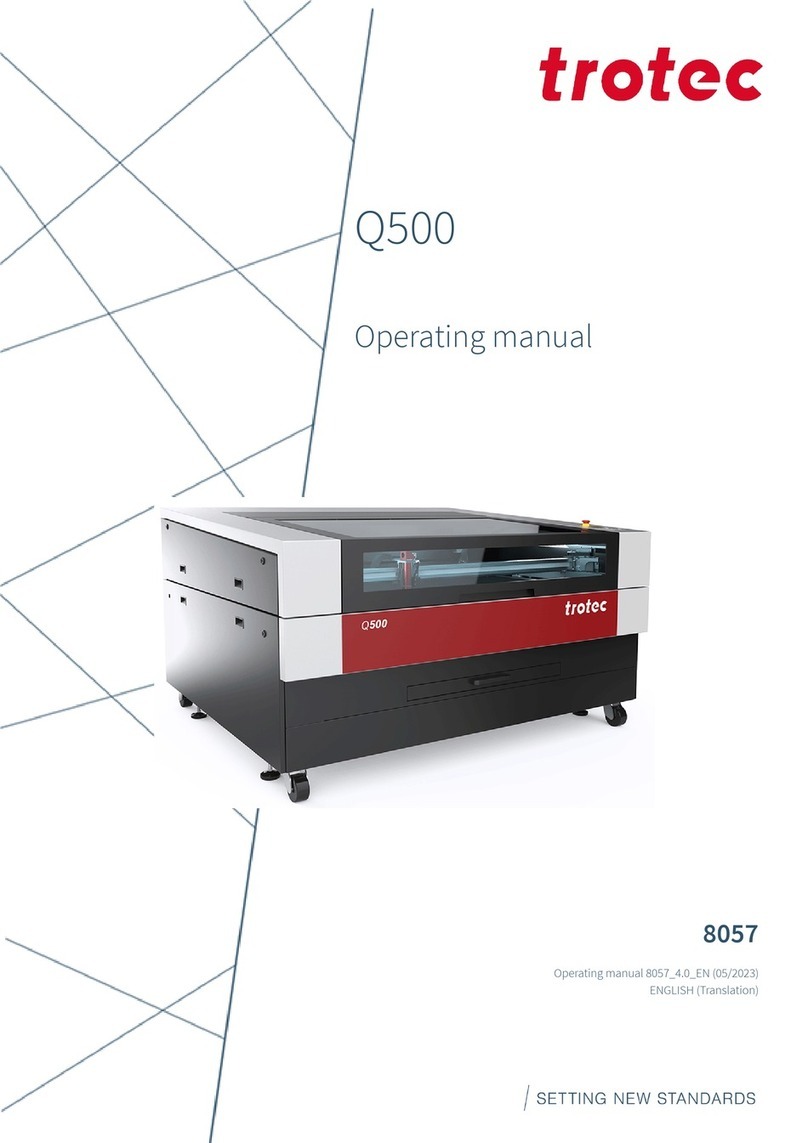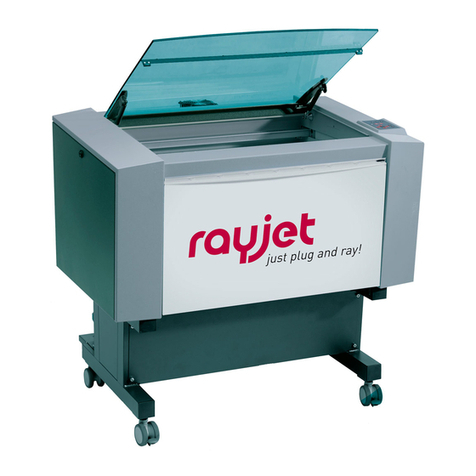3 / 53 8018_SP1500 V2.2_EN (03/2018)
Table of Contents
1 Manufacturing label........................................................................................................5
2 Product Components .....................................................................................................6
3 Preface.............................................................................................................................7
3.1 General .................................................................................................................................7
3.2 Product Tracking ...................................................................................................................8
4 Technical Data ................................................................................................................9
4.1 General Description...............................................................................................................9
4.2 Intended Use.........................................................................................................................9
4.3 Dimensions..........................................................................................................................10
4.4 Mechanical Design..............................................................................................................11
4.5 Control System....................................................................................................................11
4.6 Laser Tubes ........................................................................................................................11
4.7 Laser Safety........................................................................................................................12
4.8 Ambient Conditions .............................................................................................................12
4.9 Options................................................................................................................................12
4.10 Electrical Connection.........................................................................................................13
4.10.1 Electrical connection for laser system .........................................................................13
4.10.2 Electrical connection for water cooling (option) ...........................................................13
4.11 Materials............................................................................................................................14
5 Safety.............................................................................................................................15
5.1 Safety Instructions...............................................................................................................15
1.1 Intended user group.........................................................................................................15
1.2 Operating instructions / Safety equipment........................................................................15
5.2 General Safety Instructions .................................................................................................16
2.1 General............................................................................................................................16
2.2 Laser................................................................................................................................19
2.3 Transport .........................................................................................................................20
5.3 Secondary Risks .................................................................................................................21
3.1 General............................................................................................................................21
3.2 Crushing hazard...............................................................................................................21
5.4 Signage...............................................................................................................................22
6 Transport - Storage - Setup .........................................................................................24
6.1 Forklift transport ..................................................................................................................24
6.2 Shipping conditions .............................................................................................................26
6.3 Unloading, inspection and damage reporting.......................................................................26
6.4 Storage conditions...............................................................................................................26
6.5 Storage Location.................................................................................................................26
6.6 Installation Site....................................................................................................................27
6.7 Space Requirements...........................................................................................................27
6.8 Necessary Feed Lines.........................................................................................................27
6.9 Setup...................................................................................................................................28
6.10 Connections ......................................................................................................................29
6.10.1 Cooling System...........................................................................................................30
7 Machine view.................................................................................................................31
8 Operation.......................................................................................................................32
8.1 Key pad –Overview ............................................................................................................32
